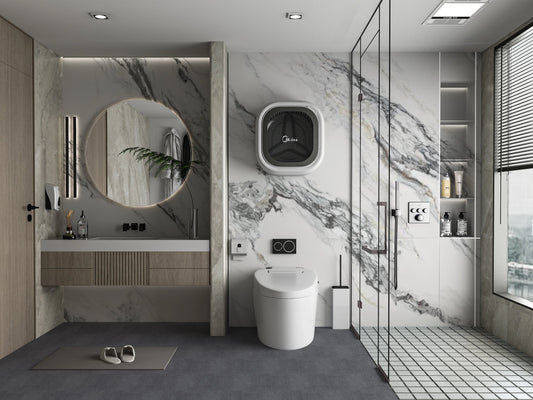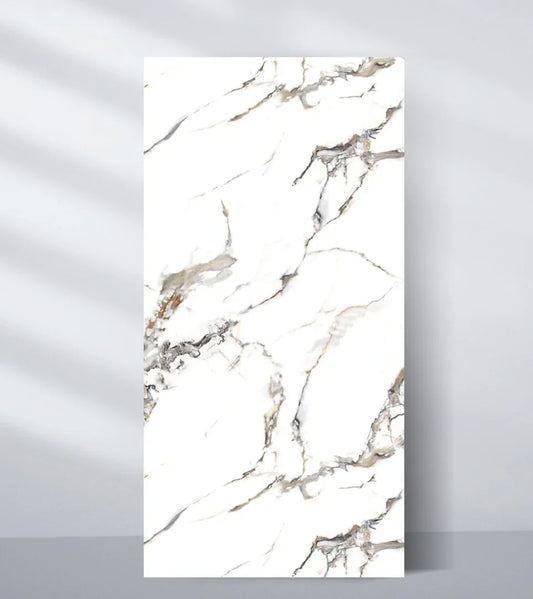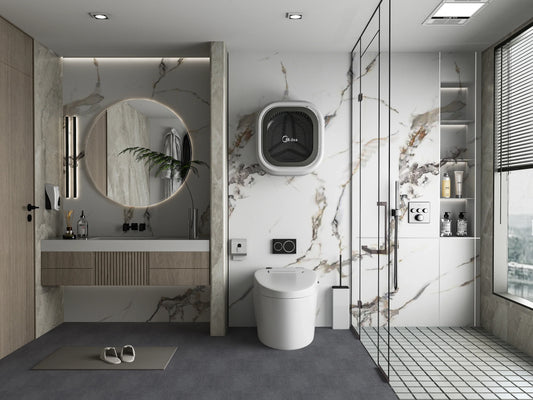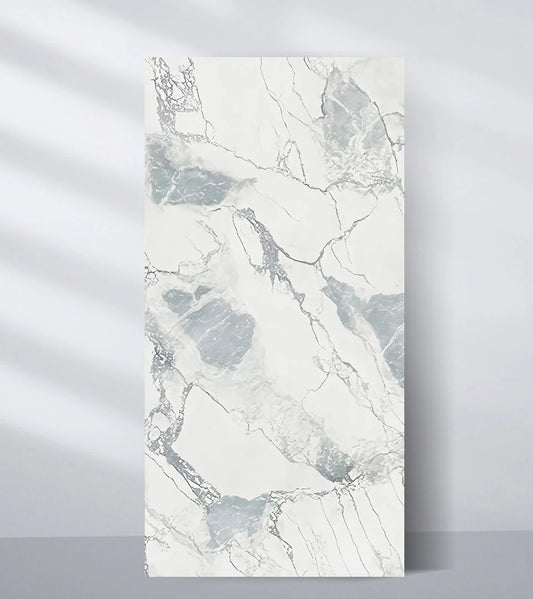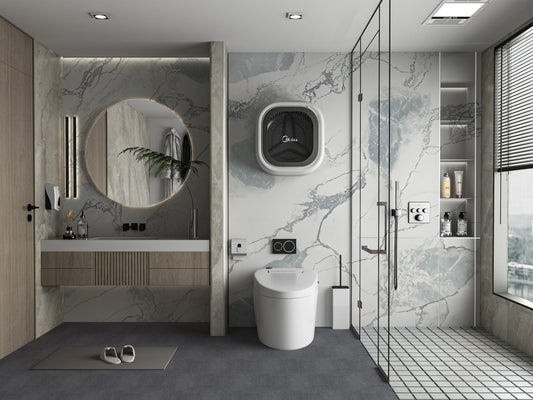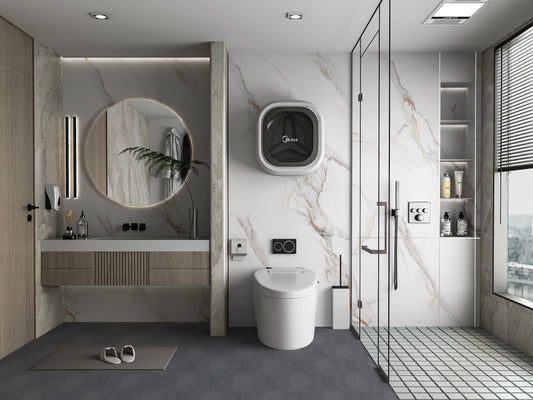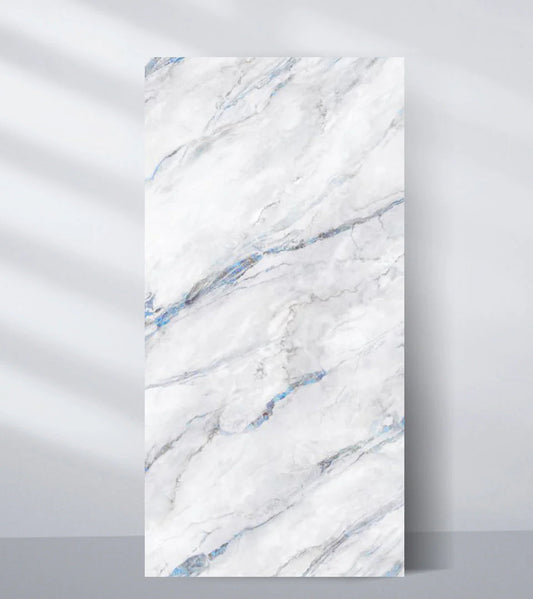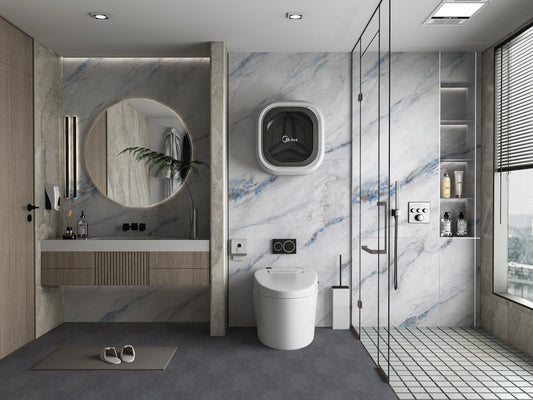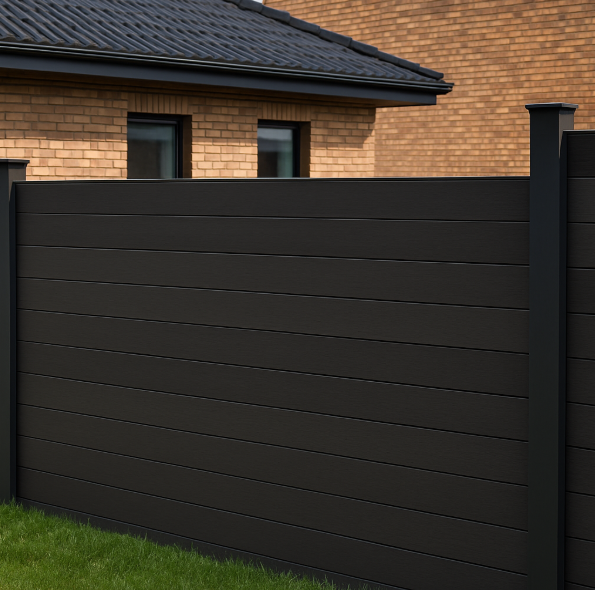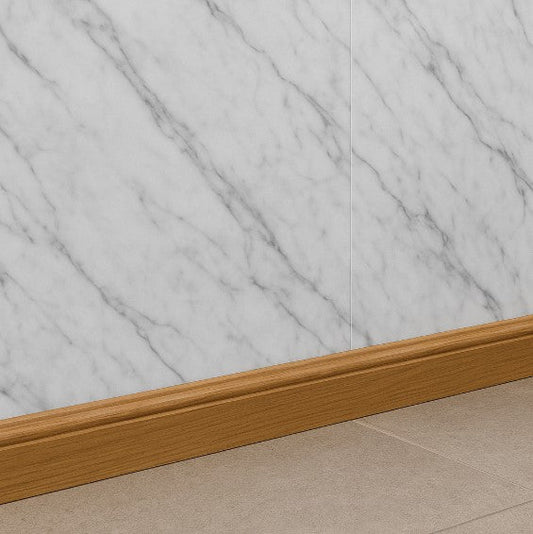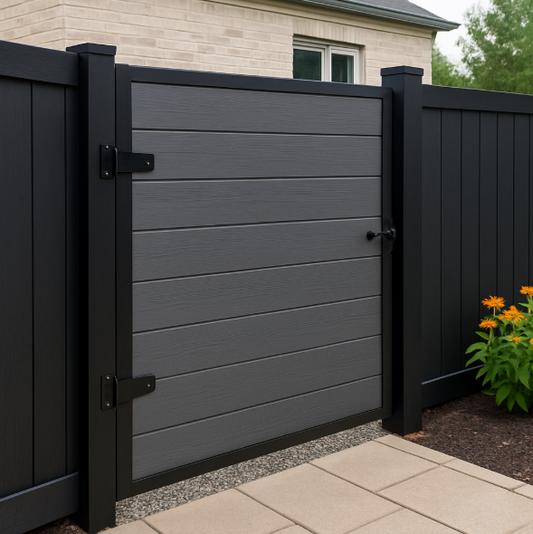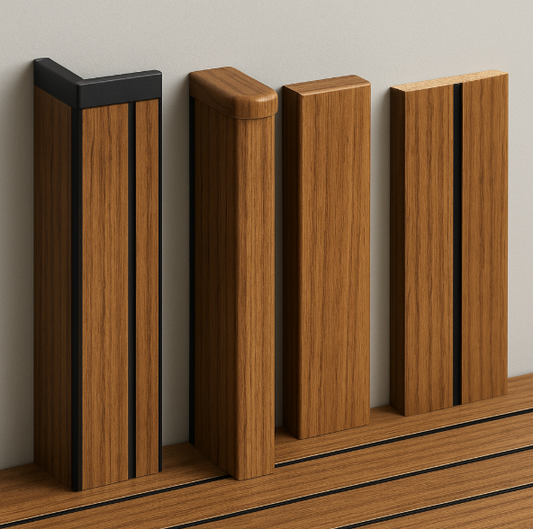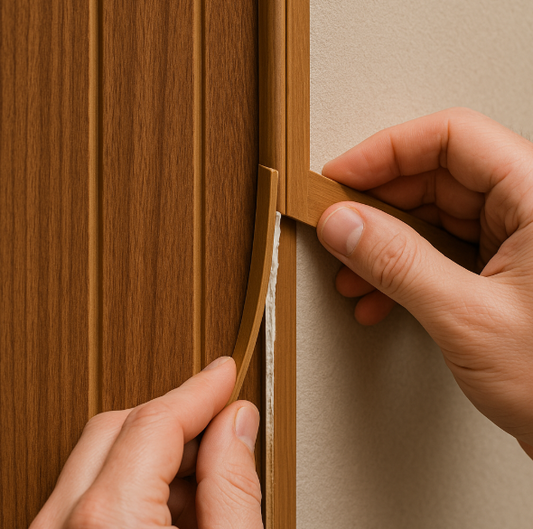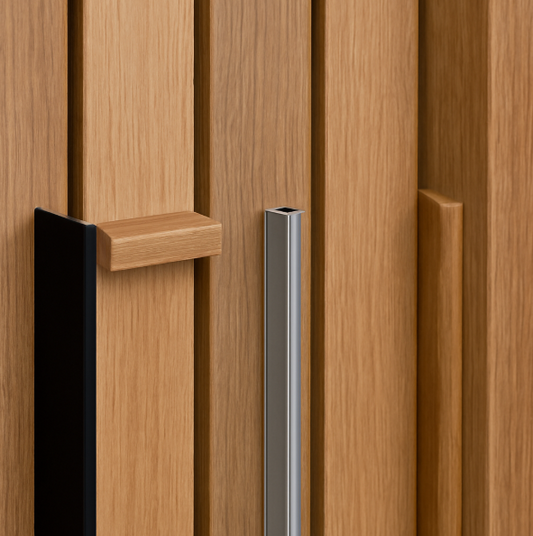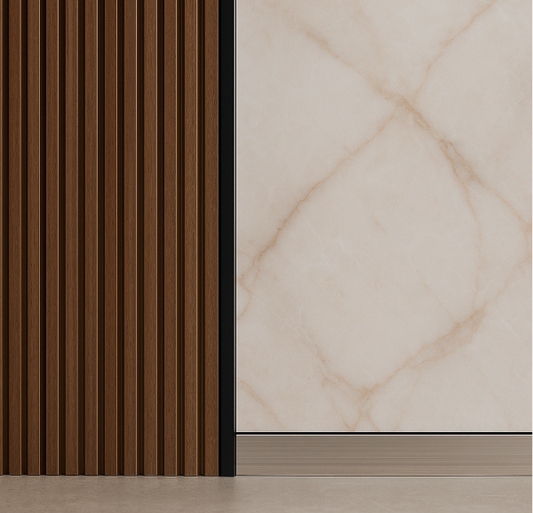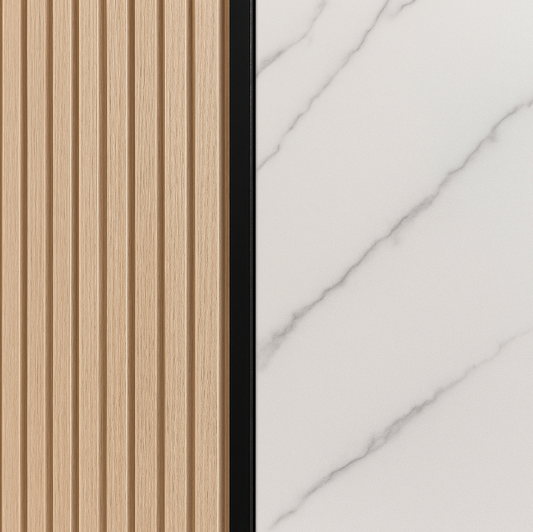When it comes to upgrading your property’s boundary, the choice of fencing material plays a pivotal role not just in aesthetics, but also in functionality, durability, and return on investment. Among the various modern options available, composite fencing is increasingly gaining popularity across residential and commercial properties. But one of the most common questions homeowners and designers ask is: Is composite fencing worth the cost?
In this in-depth guide, we’ll explore the price vs long-term value of composite fencing, analyze its benefits compared to traditional materials like wood and vinyl, and help you decide whether it’s the right investment for your space.
What Is Composite Fencing?
Composite fencing is made from a combination of wood fibers and plastic polymers, typically using recycled materials. This blend results in a durable, weather-resistant product that mimics the appearance of wood but requires far less maintenance.
It's commonly used for both residential fencing solutions and commercial privacy fence panels, thanks to its modern appeal and high performance. Composite fences are available in a variety of colors, textures, and panel styles, allowing for customization that suits any architectural or landscaping design.
Initial Cost of Composite Fencing: What to Expect
Let’s address the elephant in the yard the upfront price.
Cost Breakdown
- Material cost per linear foot: $25–$45
- Installation cost per linear foot: $10–$20
- Total installed cost (average): $35–$65 per linear foot
While the cost varies depending on region, contractor rates, and design complexity, composite fencing is generally more expensive upfront than wood or chain link.
 |
 |
Comparison with Other Materials
|
Fence Type |
Average Cost (Per Linear Foot) |
Lifespan |
Maintenance |
|
Composite Fence |
$35–$65 |
25–30 years+ |
Low |
|
Wood Fence |
$15–$30 |
10–15 years |
High (staining, sealing) |
|
Vinyl Fence |
$20–$40 |
20–25 years |
Low |
|
Chain Link Fence |
$10–$20 |
15–20 years |
Moderate |
As you can see, composite fencing commands a higher initial investment but the story doesn’t end there.
Long-Term Value: Where Composite Fencing Shines
1. Durability and Longevity
One of the top benefits of composite fencing is its extraordinary lifespan. Thanks to its engineered design, composite material resists:
- Rotting and decay
- Warping or splintering
- Insect infestation
- Water damage
- UV fading
Whereas wood fencing may begin deteriorating after 8–10 years, a high-quality long-lasting composite fence can easily surpass 25 years of use with little to no signs of aging.
2. Low Maintenance = Long-Term Savings
Traditional wood fences require annual maintenance like staining, painting, or treating for pests. These recurring costs often overlooked at the time of purchase can add up to hundreds or thousands of dollars over the years.
Composite fencing, on the other hand, needs only occasional washing to maintain its clean appearance. It doesn’t require:
- Painting
- Sealing
- Pest treatments
- Water-repellent coatings
Over a 20-year period, this can translate into significant cost savings, making the initial price of composite fencing more justifiable.
3. Improved Property Value & Curb Appeal
A professionally installed modern composite fence adds sleek, upscale visual appeal to your property. Unlike traditional wooden fences that fade, crack, and lean with time, composite fences maintain a polished appearance for years.
For homeowners looking to sell, a high-quality fence not only attracts buyers but can increase the perceived property value, especially in competitive real estate markets.
Is Composite Fencing Eco-Friendly?
Yes and that’s another key selling point. Composite fencing is often made from recycled wood fibers and plastics, making it a sustainable fencing option. Choosing composite helps reduce deforestation and landfill waste, and many brands now focus on green manufacturing practices.
For eco-conscious homeowners and businesses aiming for sustainable exterior design, this makes composite fencing an attractive and responsible choice.
Customization and Style Options
Unlike metal or plain vinyl, composite fences offer a wide variety of colors, textures, and finishes. Whether you're looking for a natural woodgrain appearance or something sleek and modern, composite panels can be tailored to fit your style.
Popular finishes include:
- Redwood, teak, walnut tones
- Matte black or gray composite
- Horizontal or vertical slat panels
- Decorative post caps and trim options
This level of design flexibility is rarely available with traditional wood or chain link.
 |
 |
Composite Fence Maintenance Tips (Minimal But Useful)
To ensure your composite fence lasts decades, all it really needs is:
- Rinse off dust and dirt with a hose every few months
- Spot clean with mild soap for stains or mold
- Avoid abrasive tools that may scratch the surface
- Inspect hardware (posts, caps, fasteners) annually
This low-effort routine beats the sanding, painting, and pressure-washing needed for wood.
When Is Composite Fencing Worth It?
While composite may not be the best choice for extremely tight budgets or short-term property ownership, it excels in situations such as:
- Permanent residences where homeowners plan to stay long-term
- Commercial properties needing low-maintenance, high-durability fencing
- Luxury or modern homes where design continuity is important
- Eco-conscious builds that prioritize sustainable materials
- Busy homeowners who prefer a "set it and forget it" approach
If any of these apply to you, composite fencing likely offers the best long-term value over its lifetime.
Common Concerns: Addressed
Isn’t Composite Fencing Prone to Fading?
High-quality composite fencing is designed with UV inhibitors to resist fading. Some products even come with a fade-resistance warranty, ensuring color stability for 20–25 years.
Can Composite Fencing Withstand Harsh Weather?
Yes. Whether you live in a rainy coastal region, a snow-prone area, or under harsh summer sun, composite fences hold up against the elements without cracking, swelling, or rotting.
Is It Difficult to Install?
Composite fencing can be installed similarly to wood fencing, though it may require specialized tools or professional labor due to its weight and fastening system. Many suppliers offer complete kits and instructions for straightforward DIY or contractor installations.
Final Verdict: Is It Worth the Investment?
Absolutely if you’re looking at the long game.
Here’s a quick recap of why composite fencing is worth the cost:
✅ Longer lifespan (25–30 years or more)
✅ Near-zero maintenance
✅ Higher property value and visual appeal
✅ Resistance to pests, weather, and rot
✅ Sustainable, eco-friendly materials
✅ No repainting or staining
✅ Cost-effective over time
While the upfront price of composite fencing is undoubtedly higher than wood or chain link, the long-term value it offers in durability, savings, and aesthetics makes it a wise investment for many homeowners and businesses.
Shop Composite Fencing at Wall Decor
If you're considering upgrading your fence, Wall Decor offers premium composite fencing solutions designed for beauty, performance, and long-term satisfaction. Browse our composite privacy fence panels, fence gate kits, and deck-matching railings to complete your outdoor transformation.
Our products combine cutting-edge WPC co-extrusion technology with affordable pricing giving you the best of both worlds.


